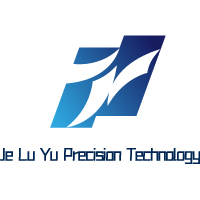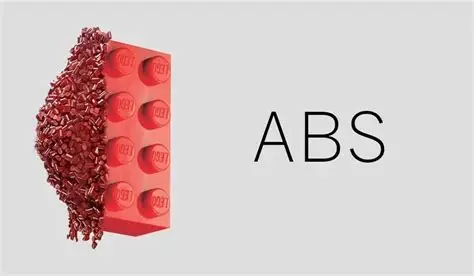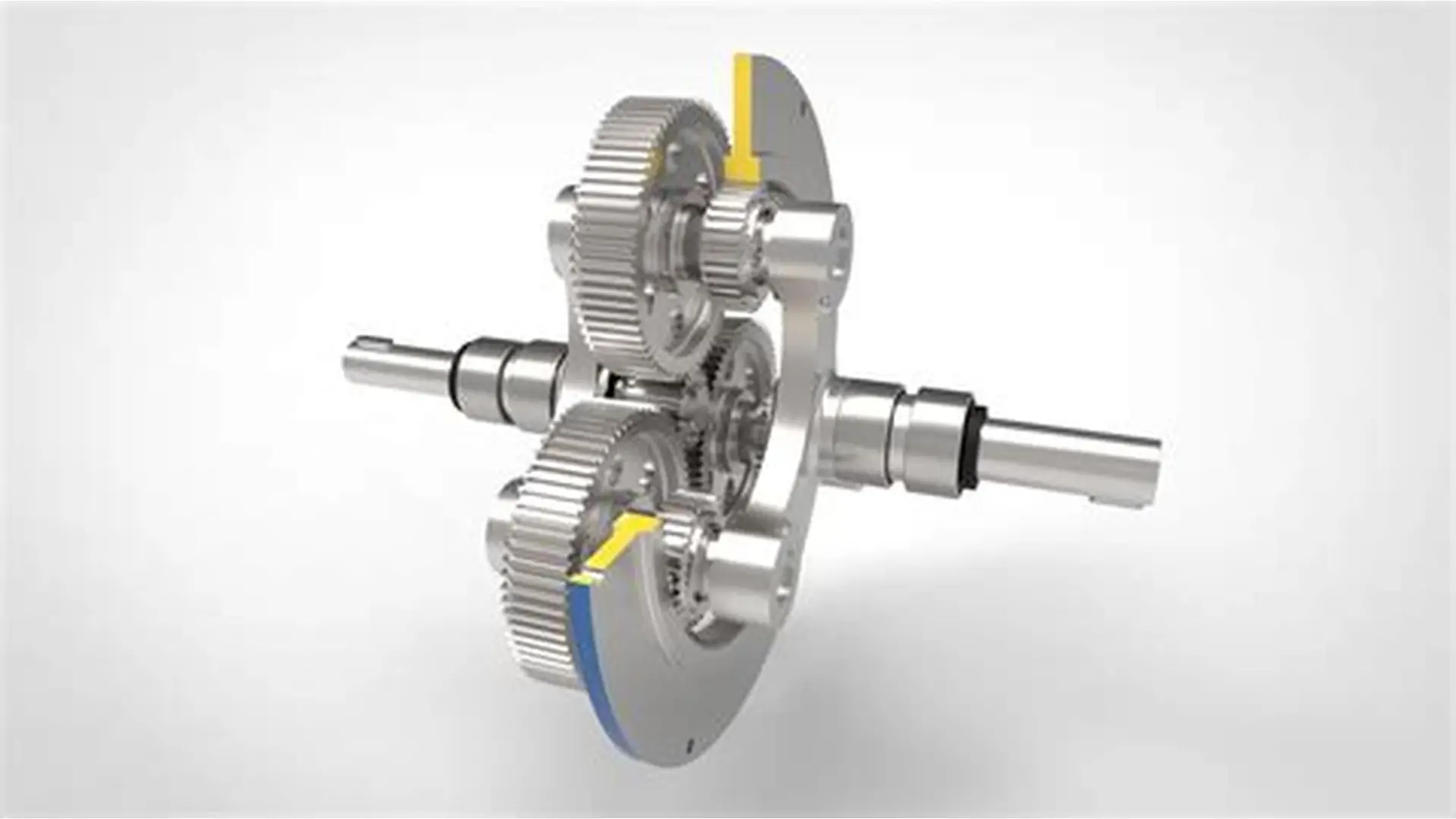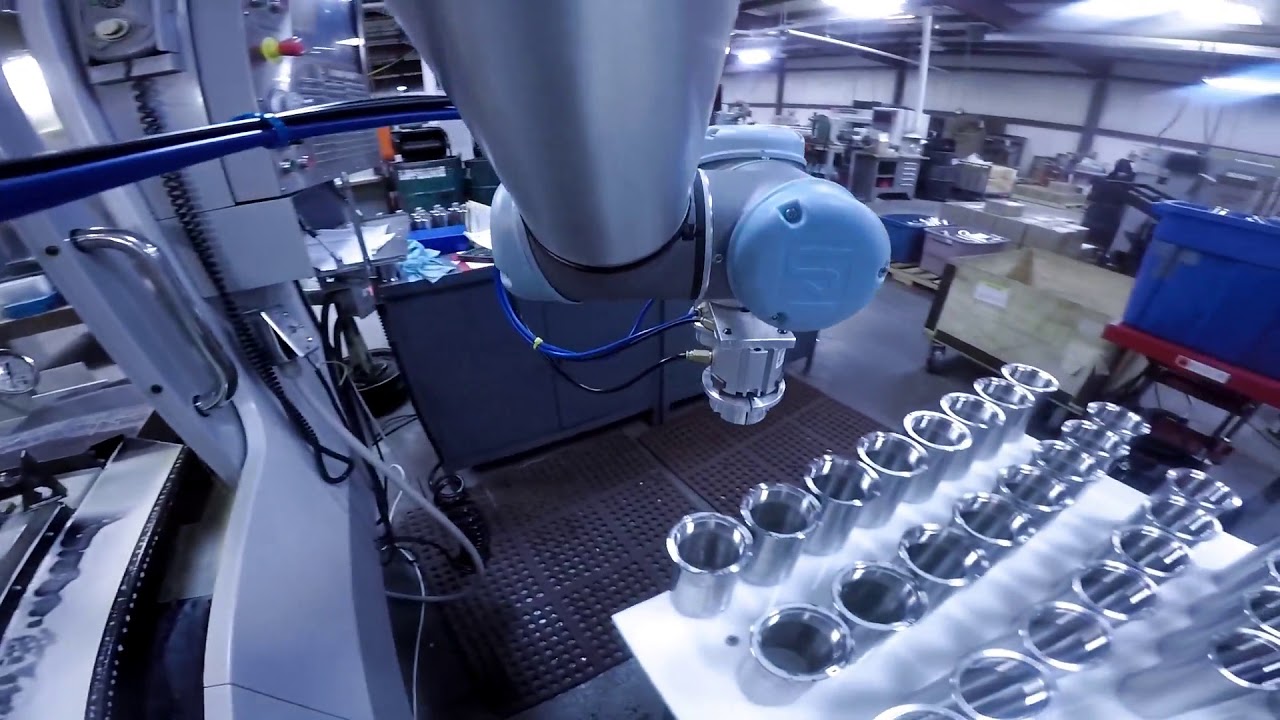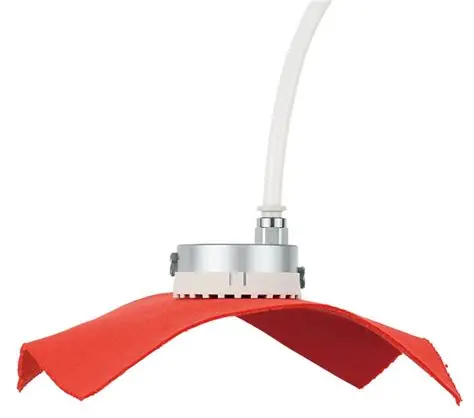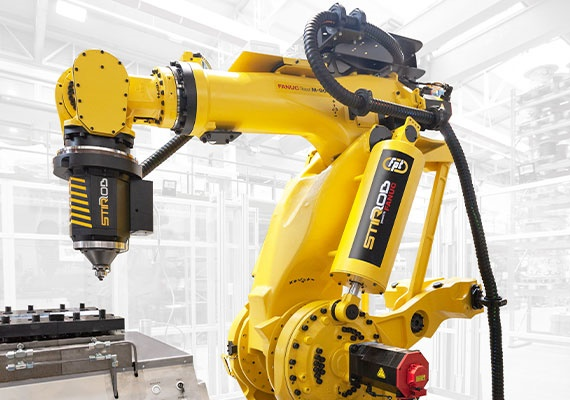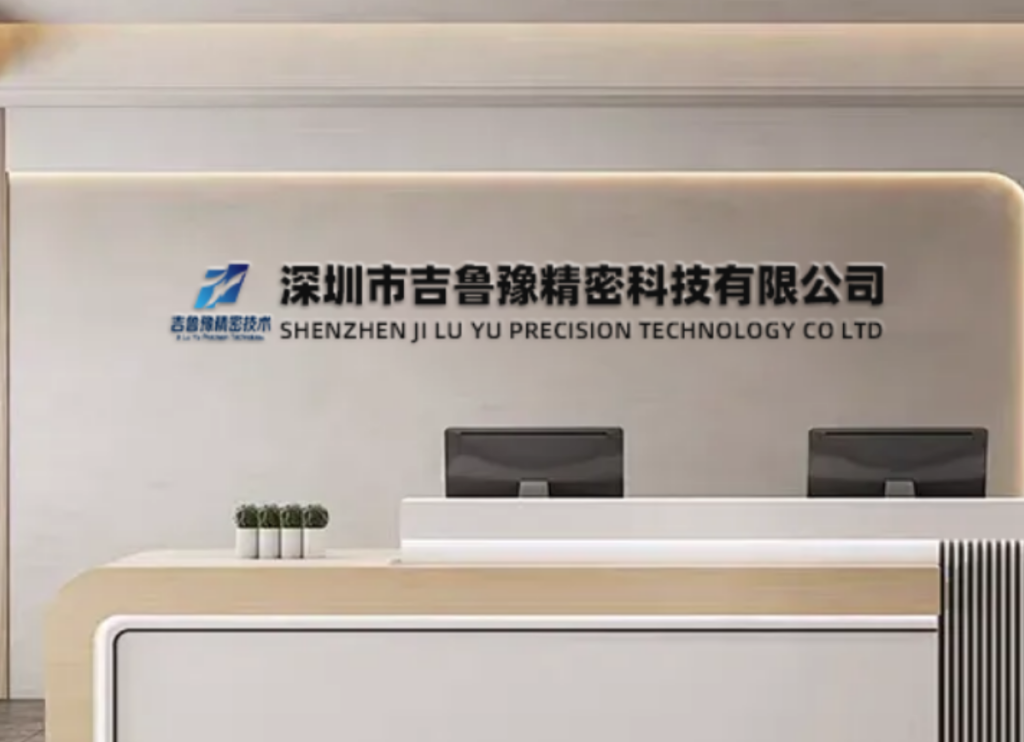ABS Filament Production Guide 2025
Thermal, Mechanical & Regulatory Deep-Dive from JLYPT’s Lab
Introduction
Acrylonitrile-butadiene-styrene (ABS) remains the work-horse thermoplastic for functional prototypes and low-volume end-use parts. Its balanced impact strength, machinability, and UL94 V-0 flame rating make it indispensable for automotive housings, electronic enclosures, and consumer appliances. At JLYPT we run 90 dedicated ABS printers (nozzle 0.25–1.2 mm) in temperature-controlled chambers, delivering 48-hour turnarounds on geometries that would require five-axis machining. This guide distills the rheology, warpage physics, certification pathways, and three new case studies that saved clients > USD 1.8 M in tooling.
Acrylonitrile-butadiene-styrene (ABS) remains the work-horse thermoplastic for functional prototypes and low-volume end-use parts. Its balanced impact strength, machinability, and UL94 V-0 flame rating make it indispensable for automotive housings, electronic enclosures, and consumer appliances. At JLYPT we run 90 dedicated ABS printers (nozzle 0.25–1.2 mm) in temperature-controlled chambers, delivering 48-hour turnarounds on geometries that would require five-axis machining. This guide distills the rheology, warpage physics, certification pathways, and three new case studies that saved clients > USD 1.8 M in tooling.
Table 1 — ABS Portfolio vs. Alternatives
| Grade | Tensile (MPa) | Izod (kJ/m²) | HDT (°C) | UL94 | Cost / kg | Key Use |
|---|---|---|---|---|---|---|
| Standard ABS | 38 | 35 | 95 | HB | $18 | Housings |
| ABS-UV | 40 | 30 | 98 | HB | $22 | Outdoor |
| ABS-FR | 42 | 28 | 105 | V-0 | $26 | Electronics |
| ABS-PC | 55 | 50 | 120 | V-0 | $32 | Automotive |
| ASA (for comp.) | 36 | 25 | 105 | HB | $24 | UV-stable |
Table 2 — Print Parameter Matrix (0.4 mm nozzle)
| Parameter | Standard | ABS-FR | ABS-PC | Notes |
|---|---|---|---|---|
| Nozzle (°C) | 235 ± 5 | 250 ± 5 | 260 ± 5 | All-metal hot-end |
| Bed (°C) | 100 | 110 | 115 | PEI or glass + glue |
| Chamber (°C) | 60 | 80 | 85 | Enclosed required |
| Fan (%) | 0–30 | 0–20 | 0–10 | Minimize warping |
| Speed (mm/s) | 45 | 35 | 30 | FR slows flow |
| Retraction (mm) | 1.0 | 1.2 | 1.4 | Reduce stringing |
| Layer (mm) | 0.15 | 0.15 | 0.1 | High detail |
Section 1 — Thermal & Rheological Behavior
1.1 Glass Transition & Melt Flow
• Tg = 105 °C; MFI 220 °C/10 kg = 18 g/10 min.
• Shear-thinning onset γ̇ ≈ 100 s⁻¹; maintain Q ≥ 5 mm³/s to avoid shark-skin.
• Tg = 105 °C; MFI 220 °C/10 kg = 18 g/10 min.
• Shear-thinning onset γ̇ ≈ 100 s⁻¹; maintain Q ≥ 5 mm³/s to avoid shark-skin.
1.2 Warpage Mechanics
• Linear shrink 0.4 % in-plane, 0.7 % Z.
• Cooling gradient ΔT > 10 °C across 100 mm → bow > 0.3 mm.
• Mitigation: 80 °C chamber + 0.2 mm z-offset compensation.
• Linear shrink 0.4 % in-plane, 0.7 % Z.
• Cooling gradient ΔT > 10 °C across 100 mm → bow > 0.3 mm.
• Mitigation: 80 °C chamber + 0.2 mm z-offset compensation.
1.3 Chemical Resistance
• Dilute acids: pH 3–7, Δmass < 0.1 % after 24 h.
• Ketones (acetone) cause stress cracking—avoid vapor-smooth.
• Dilute acids: pH 3–7, Δmass < 0.1 % after 24 h.
• Ketones (acetone) cause stress cracking—avoid vapor-smooth.
Section 2 — Fire Safety & Certifications
2.1 UL94 V-0 Pathway
• ABS-FR achieves 10 s after-flame, 30 s glow-wire 850 °C.
• Additive: brominated epoxy + Sb₂O₃ synergist 6 phr.
• ABS-FR achieves 10 s after-flame, 30 s glow-wire 850 °C.
• Additive: brominated epoxy + Sb₂O₃ synergist 6 phr.
2.2 Automotive EMC
• ABS-PC passes CISPR 25 Class 5 radiated emissions.
• ABS-PC passes CISPR 25 Class 5 radiated emissions.
2.3 Food Contact Limitations
• Standard ABS not FDA compliant; use PETG-Food for food-contact parts.
• Standard ABS not FDA compliant; use PETG-Food for food-contact parts.
Section 3 — Design for Additive Manufacturing (DfAM)
3.1 Snap-Fits
• Cantilever deflection δ = (F L³)/(3 E I); design for 2 % strain, fatigue > 10,000 cycles.
• Cantilever deflection δ = (F L³)/(3 E I); design for 2 % strain, fatigue > 10,000 cycles.
3.2 Threaded Bosses
• Boss OD = 2 × insert Ø, height ≥ 1.5 × insert length.
• Boss OD = 2 × insert Ø, height ≥ 1.5 × insert length.
3.3 Lattice Infill
• Gyroid 25 % density reduces weight 35 % while maintaining 85 % stiffness.
• Gyroid 25 % density reduces weight 35 % while maintaining 85 % stiffness.
Section 4 — Post-Processing & Finishing
| Process | Ra (µm) | Color Shift | Cost Adder | Notes |
|---|---|---|---|---|
| Vapor Smooth ABS | 1.2 | +2 ΔE | $0.04 / cm² | Acetone-free solvent |
| CNC Facing | 0.2 | 0 | $0.12 / cm² | Datum surfaces |
| Pad Print | — | 0 | $0.05 / cm² | Multi-color logos |
| Plating Cu-Ni | — | 0 | $0.30 / cm² | EMI shielding |
Section 5 — Case Studies
Case 1 — Automotive Air-Duct
Client: Tier-1 OEM
Challenge: 380 mm duct, 95 °C, 200-piece pilot.
Solution: ABS-FR, 0.2 mm layer, 600 mm build, bonded seams.
Result: Passed FMVSS 302; saved $38 k aluminum tooling.
Client: Tier-1 OEM
Challenge: 380 mm duct, 95 °C, 200-piece pilot.
Solution: ABS-FR, 0.2 mm layer, 600 mm build, bonded seams.
Result: Passed FMVSS 302; saved $38 k aluminum tooling.
Case 2 — Electronics Enclosure
Client: IoT start-up
Challenge: UL94 V-0, snap-fit lid, 5,000 units.
Solution: ABS-FR, 0.15 mm layer, heat-stake inserts.
Lead time: 10 days vs. 8-week mold.
Client: IoT start-up
Challenge: UL94 V-0, snap-fit lid, 5,000 units.
Solution: ABS-FR, 0.15 mm layer, heat-stake inserts.
Lead time: 10 days vs. 8-week mold.
Case 3 — Drone Motor Mount
Client: Ag-tech OEM
Challenge: 5 kg payload, crash-resistant.
Solution: ABS-PC, 0.1 mm layer, lattice infill 25 %.
Impact test: survived 100 G drop, weight ↓ 22 %.
Client: Ag-tech OEM
Challenge: 5 kg payload, crash-resistant.
Solution: ABS-PC, 0.1 mm layer, lattice infill 25 %.
Impact test: survived 100 G drop, weight ↓ 22 %.
Section 6 — Sustainability & Recycling
• Closed-loop regrind 50 % for non-critical housings.
• VOC capture via HEPA + activated carbon during printing.
• End-of-life shredding into automotive under-hood ducts.
• VOC capture via HEPA + activated carbon during printing.
• End-of-life shredding into automotive under-hood ducts.
Section 7 — Cost Break-Even Analysis
Scenario: 1,000 enclosures, 50 cm³ each
| Material | Process | Tooling ($) | Part ($) | Lead (days) | TCO ($) |
|---|---|---|---|---|---|
| ABS-FR FDM | FDM | 0 | 8.5 | 4 | 8,500 |
| ABS-PC MJF | MJF | 0 | 6.5 | 5 | 6,500 |
| Injection ABS | Mold | 15,000 | 1.2 | 28 | 16,200 |
| Break-even: MJF wins below 2,500 units. |
Section 8 — FAQ
Q: Is ABS waterproof?
A: Yes for short-term immersion; add sealant for > 24 h.
A: Yes for short-term immersion; add sealant for > 24 h.
Q: Can ABS be ultrasonic welded?
A: Yes—energy director 0.3 mm, weld time 0.2 s.
A: Yes—energy director 0.3 mm, weld time 0.2 s.
Q: Maximum unsupported bridge?
A: 50 mm at 25 mm/s with 100 % fan.
A: 50 mm at 25 mm/s with 100 % fan.
Ready to print ABS parts? Upload STL to <Rapid 3D Printing Services – JLYPT> and receive instant pricing, warpage simulation, and UL94 certificate within 24 hours.
